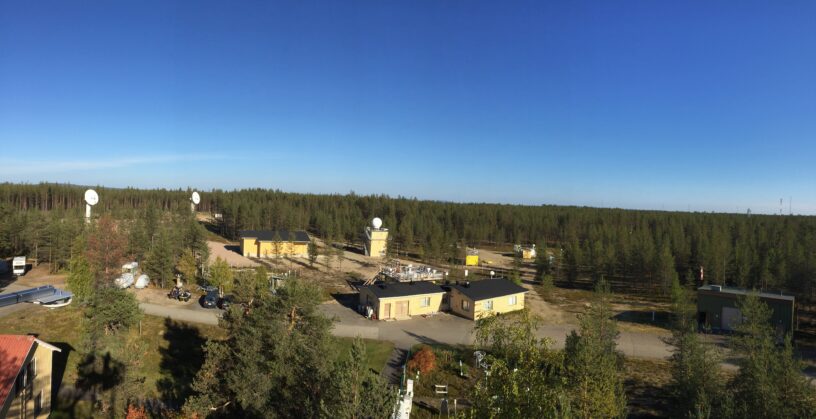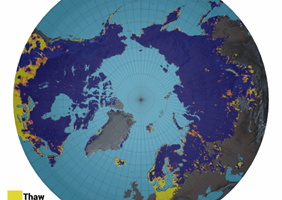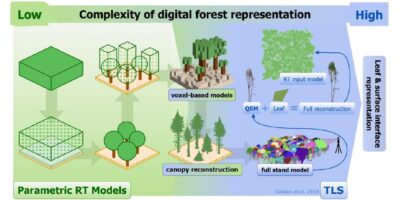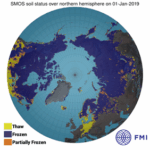A series of AirCore balloon borne measurements took place in July/August 2023 at the Arctic Space Centre in Sodankylä. The balloon payloads carried AirCore and other instruments from the surface up to the stratosphere (~30-35 km altitude).
The aim of the balloon borne measurements was to investigate the composition of the polar stratosphere during boreal summer, to test multiple novel atmospheric whole-air samplers and sensors and to intercompare results. The technology allowed to derive vertical profiles for many long-lived stratospheric trace species from the ground up to 35 km, i.e. higher than any aircraft sampling ceiling. The measurements covered a unique range of gases, including O2, the main greenhouse gases including their isotopic signatures (H2O, CO2, CH4, and N2O), pollutants/biomass burning tracers such as CO, species important for aerosol formation such as COS, stratospheric circulation tracers such as SF6, and Ozone-Depleting Substances (ODSs). Complementary trace gas measurements were taken using a Fourier-transform infrared (FTIR) spectrometer, participating in the Total Carbon Column Observing Network (TCCON) and in the Network for the Detection of Atmospheric Composition Change (NDACC).
Ground-based measurements can be used to support current and upcoming satellite missions, including the NASA OCO-2 mission; the GOSAT and the GOSAT-2 mission (a mission within the GCOM (Global Change Observation Mission) program of Japan); ESA Sentinel 5-P; TanSat (Chinese Carbon Dioxide Observation Satellite Mission); the Aerosol and Carbon Detection Lidar (ACDL) onboard the China’s Atmospheric Environment Satellite; CNES (French Space Agency) MicroCarb; the Copernicus Carbon Dioxide Monitoring mission CO2M; ESA Sentinel 5; MERLIN, a joint mission by DLR (German Space Administration) and CNES (French Space Agency) and other missions.
Contributing Institutes of the observations taken in Sodankylä in July/August 2023 were the Forschungszentrum Jülich in Germany (Project Leader); University of Bern in Switzerland; Global Monitoring Laboratory of the National Oceanic and Atmospheric Administration (NOAA) in Boulder, Colorado, USA; University of Frankfurt in Germany; Groningen University and Utrecht University in the Netherlands; and the Finnish Meteorological Institute.
The field campaign at the Pallas-Sodankylä research site was supported by the EU ATMO-ACCESS Project, the Forschungszentrum Jülich and by other participating organisations.
More information
Dr. Rigel Kivi, Senior Research Scientist, Finnish Meteorological Institute, rigel.kivi@fmi.fi
Dr. Johannes Laube, Forschungszentrum Jülich, j.laube@fz-juelich.de
Prof. Antti Hyvärinen, Principal Scientist, Head of Unit: Atmospheric Composition, Finnish Meteorological Institute, antti.hyvarinen@fmi.fi








Leave a Reply
You must be logged in to post a comment.